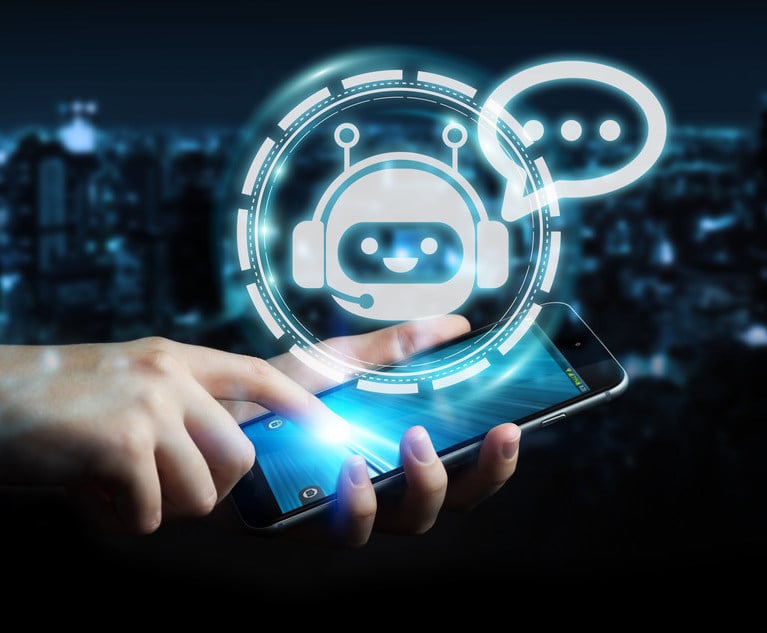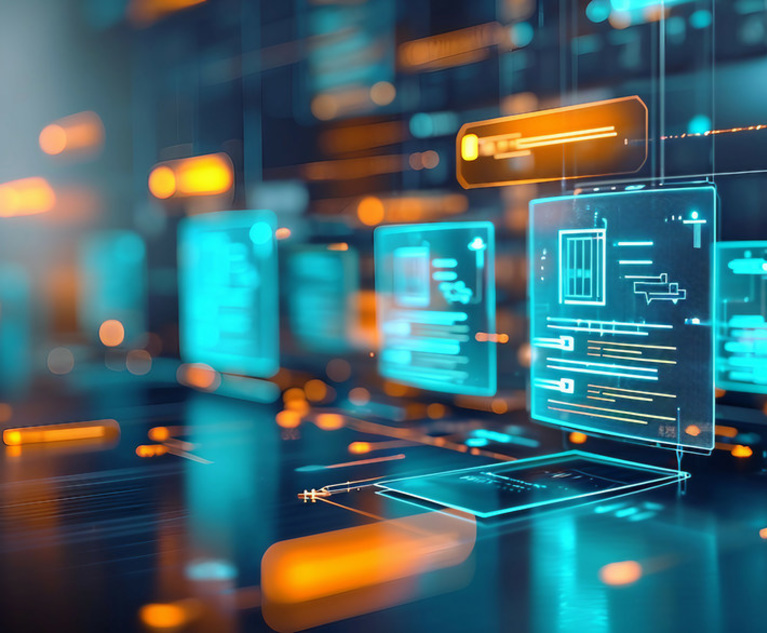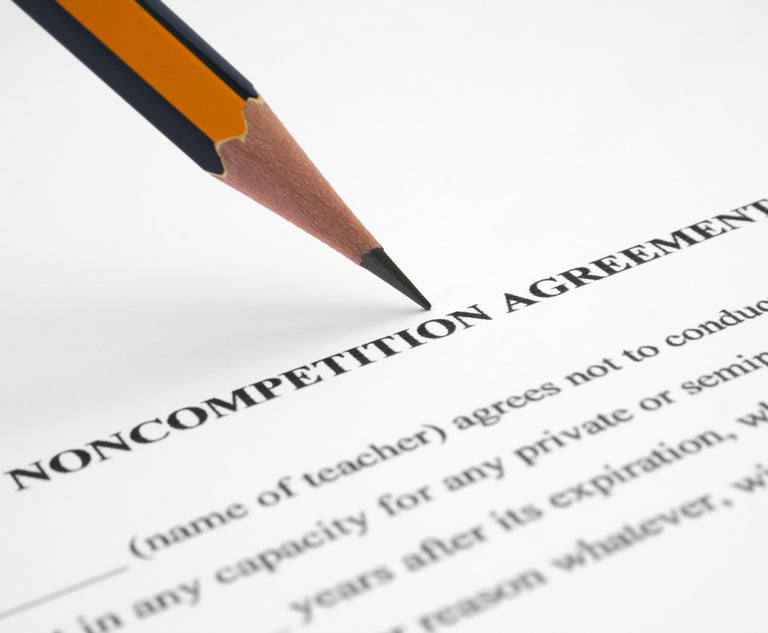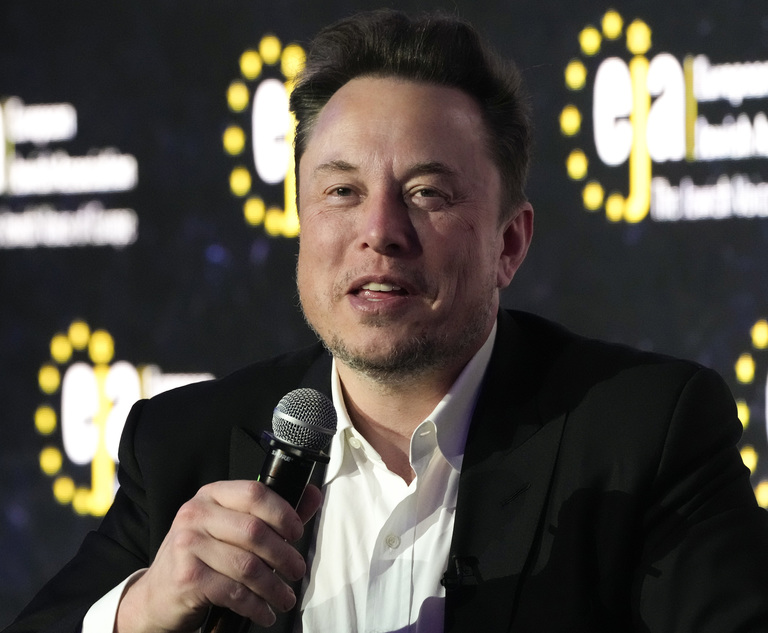The launch of ChatGPT on Nov. 30, 2022, ushered in an explosion of interest by businesses to incorporate large language model artificial intelligence applications into the workplace. To capitalize on efficiencies that this technology presents, many employers have implemented or are considering the use of chatbots to serve human resource functions. Such a program can meet a wide range of needs, from gathering job application information and conducting basic candidate screening to acting as an initial point of contact to answer employee questions related to topics such as employee benefits and company policies or direct users to other resources.
While few areas of the country have passed laws directly regulating artificial intelligence applications to date, introducing a human resources chatbot to your workplace still carries potential risk of violating any number of established labor and employment laws. Over the course of 2022, federal government stakeholders in labor and employment laws, including the Equal Employment Opportunity Commission (EEOC) and the General Counsel of the National Labor Relations Board (NLRB), published guidance addressing how artificial intelligence tools, including chatbots, can run afoul of the Americans with Disabilities Act (ADA) and the National Labor Relations Act (NLRA). Thus, employers can expect conflicts between employee legal protections and artificial intelligence to draw strong interest from law enforcement agencies.







